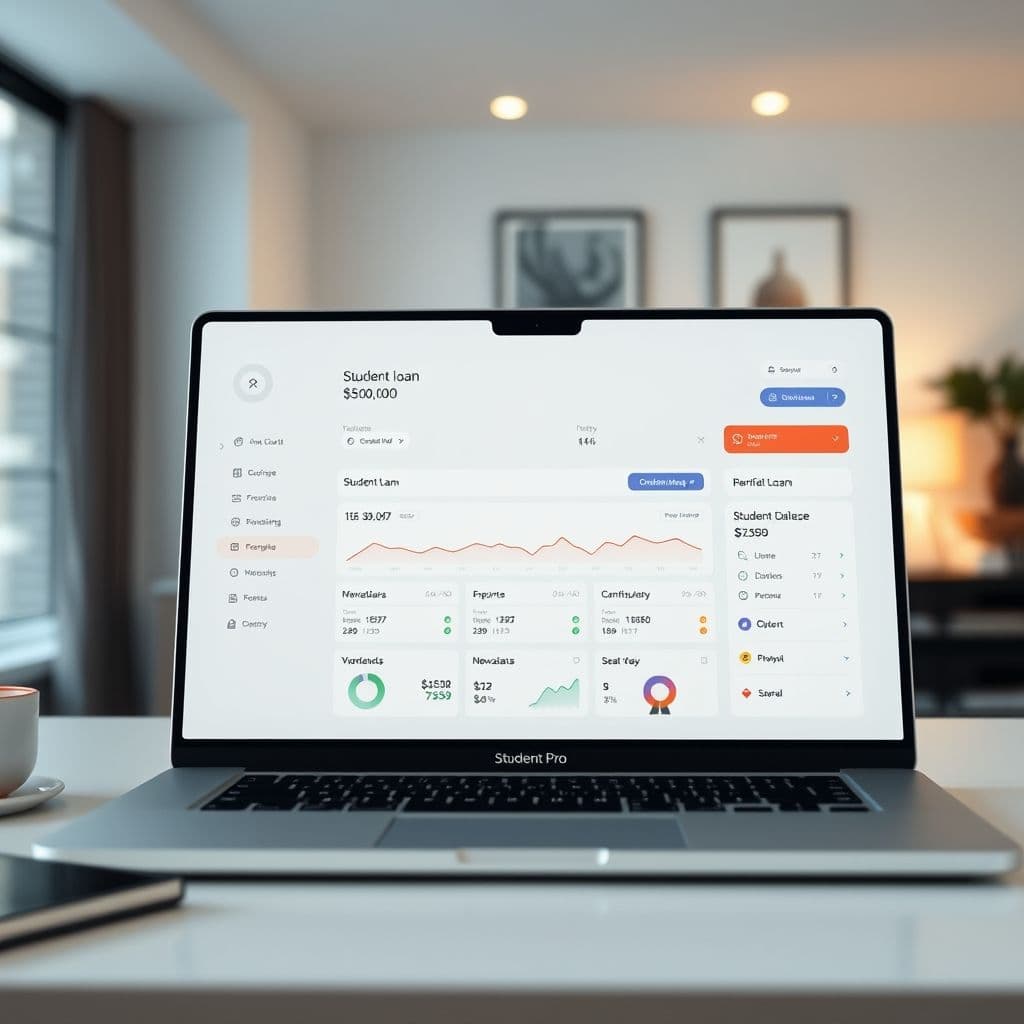The Student Loan Crisis: A SaaS Solution to Manage Debt and Financial Stress

Student loan debt has become a crushing burden for millions, with borrowers often feeling trapped by high interest rates and insufficient income to pay off their loans. A recent viral TikTok video highlighted the frustration of a 25-year-old with over $100,000 in student loan debt, sparking a conversation about the systemic issues in education financing. Could a SaaS platform offer a lifeline to those drowning in student debt?
The Problem: High Cost and Burden of Student Loans
The student loan crisis is more than just a financial issue—it's a emotional and psychological burden. Borrowers often find themselves paying for years, only to see their balances grow due to compounding interest. Many degrees don't provide the earning potential needed to repay the loans, leaving graduates in a cycle of debt. Comments from the viral video reveal common pain points: garnished wages, skyrocketing payments, and the feeling of being trapped with no way out.

Idea of SaaS: Personalized Financial Planning for Student Loan Borrowers
A hypothetical SaaS platform could revolutionize how borrowers manage their student loans. Imagine a tool that consolidates all loan information in one place, tracks interest accrual in real-time, and suggests optimal repayment strategies based on individual financial situations. Key features might include automated budgeting tools, refinancing options comparisons, and personalized payment plans that adjust as life circumstances change.
The platform could use machine learning to analyze spending patterns and suggest areas where users could cut back to allocate more toward loan repayment. It might also include educational resources about income-driven repayment plans, loan forgiveness programs, and financial literacy—addressing the knowledge gap that often exacerbates the debt problem.

Potential Use Cases and Benefits
Recent graduates could use the platform to understand their repayment options and create a realistic budget. Those considering additional education could run simulations to understand the long-term financial impact before taking on more debt. Parents helping their children with college financing could benefit from the platform's forecasting tools to make informed decisions about cosigning loans.
The hypothetical SaaS solution could also help borrowers navigate the complex landscape of loan forgiveness programs, ensuring they meet all requirements and deadlines. By providing transparency and control, such a platform could reduce the stress and anxiety associated with student debt while potentially saving users thousands in unnecessary interest payments.
Conclusion
While no single solution can erase the systemic issues in higher education financing, a well-designed SaaS platform could empower borrowers to take control of their student loan debt. By combining financial tools with education and personalized recommendations, such a solution could help bridge the gap between borrowers' current financial reality and their long-term goals. The viral TikTok video and its comments reveal a clear need for innovation in this space—could this be the solution waiting to be built?
Frequently Asked Questions
- How would this SaaS platform differ from existing budgeting apps?
- Unlike general budgeting tools, this hypothetical platform would be specifically designed for student loan borrowers, with features like interest tracking, loan forgiveness program eligibility checks, and repayment strategy optimization tailored to education debt.
- What would be the biggest challenges in developing such a platform?
- Key challenges would include securely integrating with various loan servicers' systems, navigating complex and changing student loan regulations, and creating user-friendly interfaces for complex financial scenarios while maintaining data privacy and security.
- Could this platform help prevent people from taking on too much student debt in the first place?
- Potentially yes—by including predictive modeling tools that show the long-term financial impact of different loan amounts and degree choices, the platform could help prospective students make more informed decisions about their education financing.


